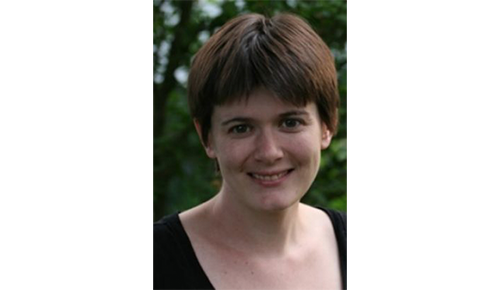
Michi Taga
Michi Taga
University of California, Berkeley
Corrinoids in Communities: Nutrient sharing in the microbial world
Microbial communities inhabit nearly all environments on earth. These communities are often composed of hundreds or more species that form networks of metabolic interactions.
Because metabolic interactions are complex and difficult to study at a molecular level, my research focuses on interactions involving one family of metabolites — corrinoid cofactors — as a model to understand metabolic interactions among bacteria. Corrinoids are the vitamin B12 family of cobalt-containing metabolites that function as enzyme cofactors in the majority of organisms. Corrinoids, like many other metabolites, are synthesized by only a fraction of bacteria that use them, but unlike other metabolites are a structurally diverse group of cofactors.
We have found that addition of particular corrinoids to communities derived from soil and from the human gut can alter the bacterial composition, leading to the exciting possibility that corrinoids may be used to manipulate microbiomes.
THURSDAY I APR. 14 I 3:30-4:30 PM CST I HYBRID SEMINAR







